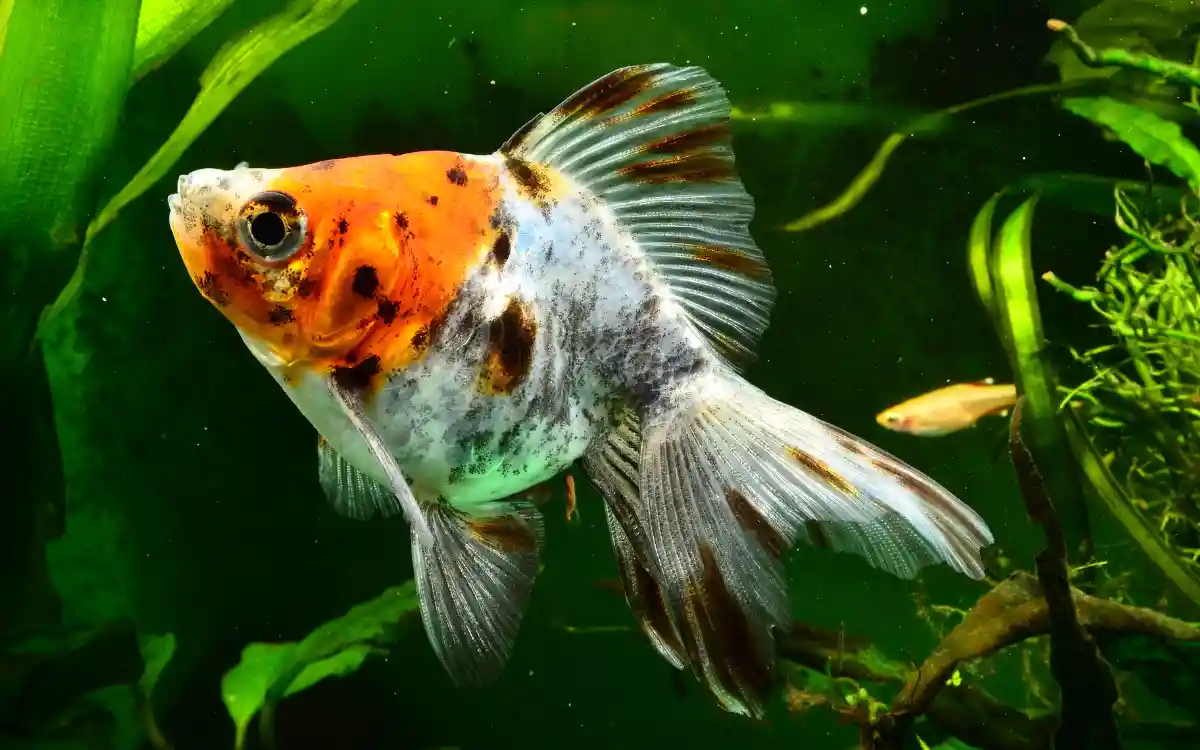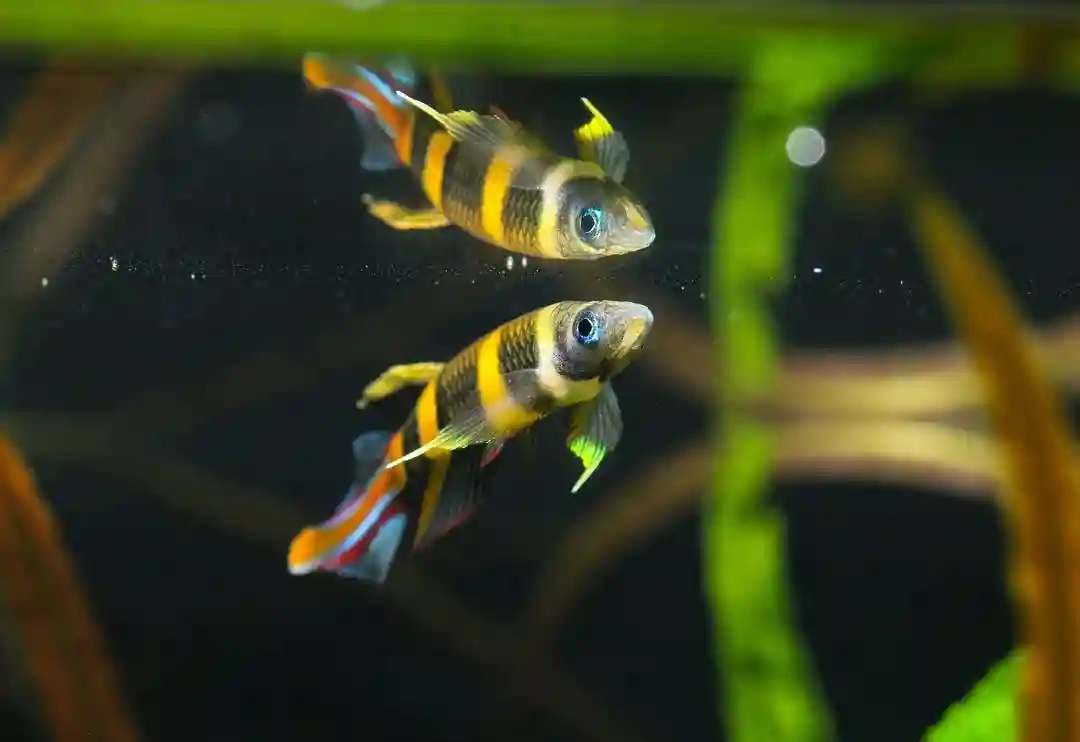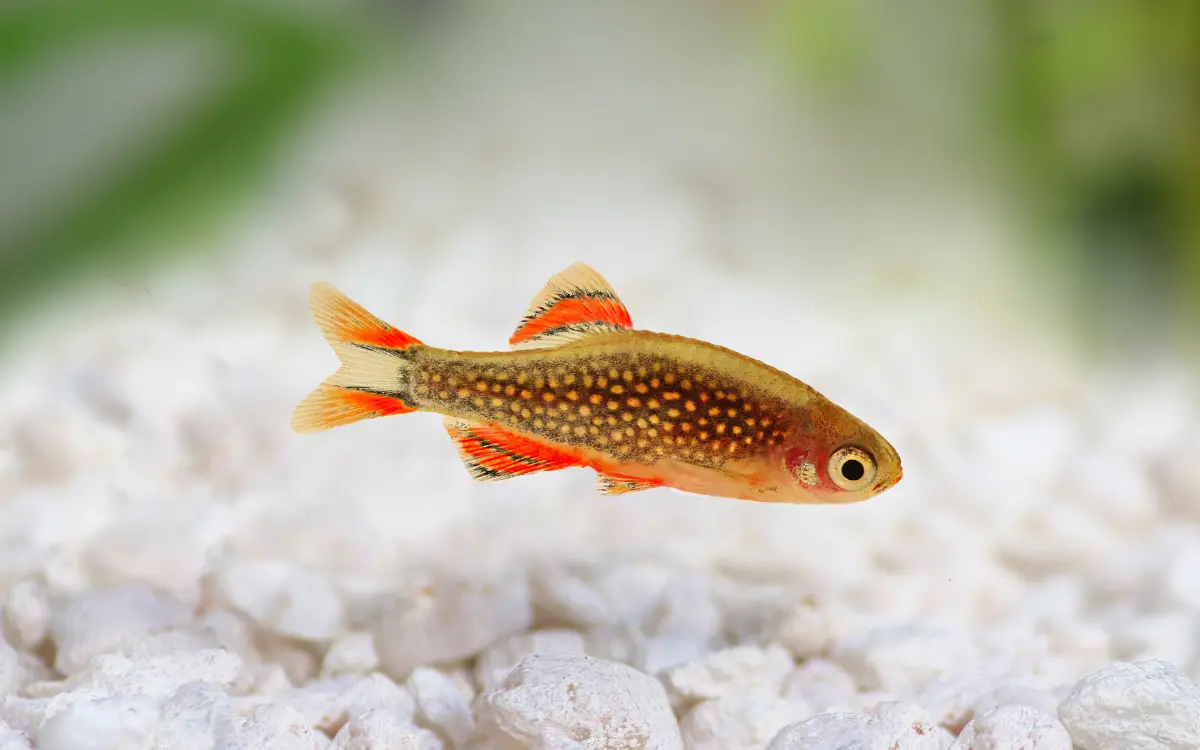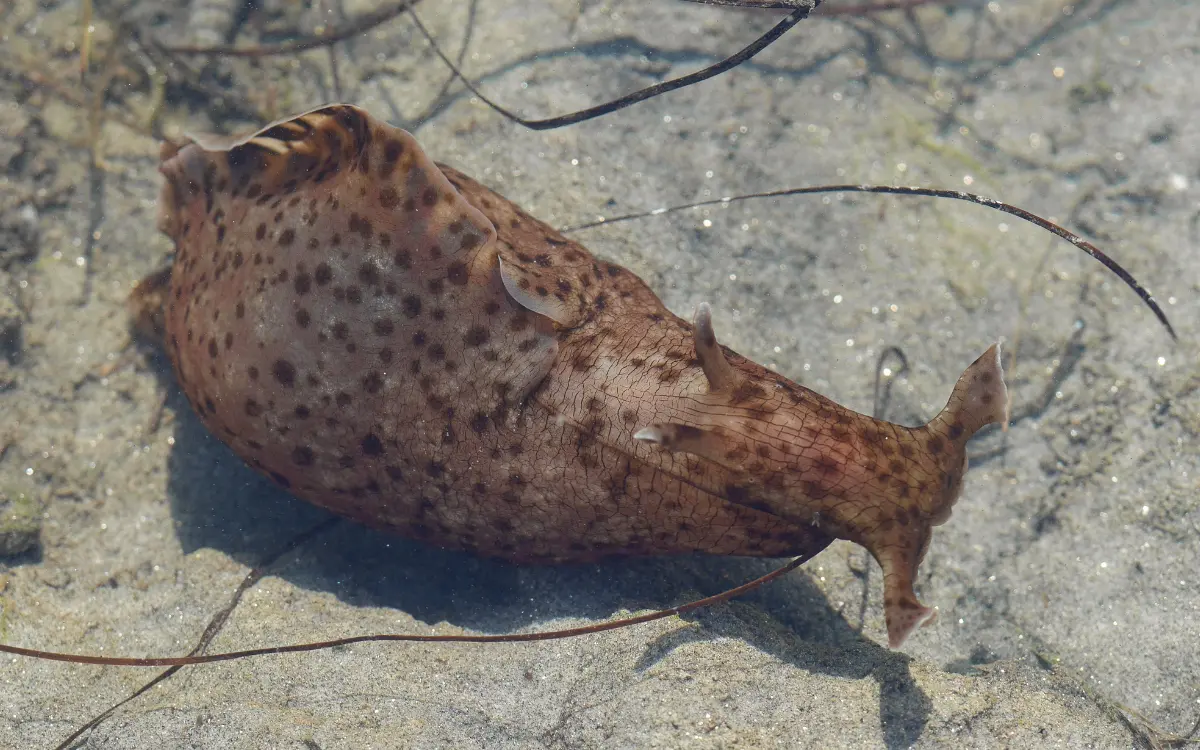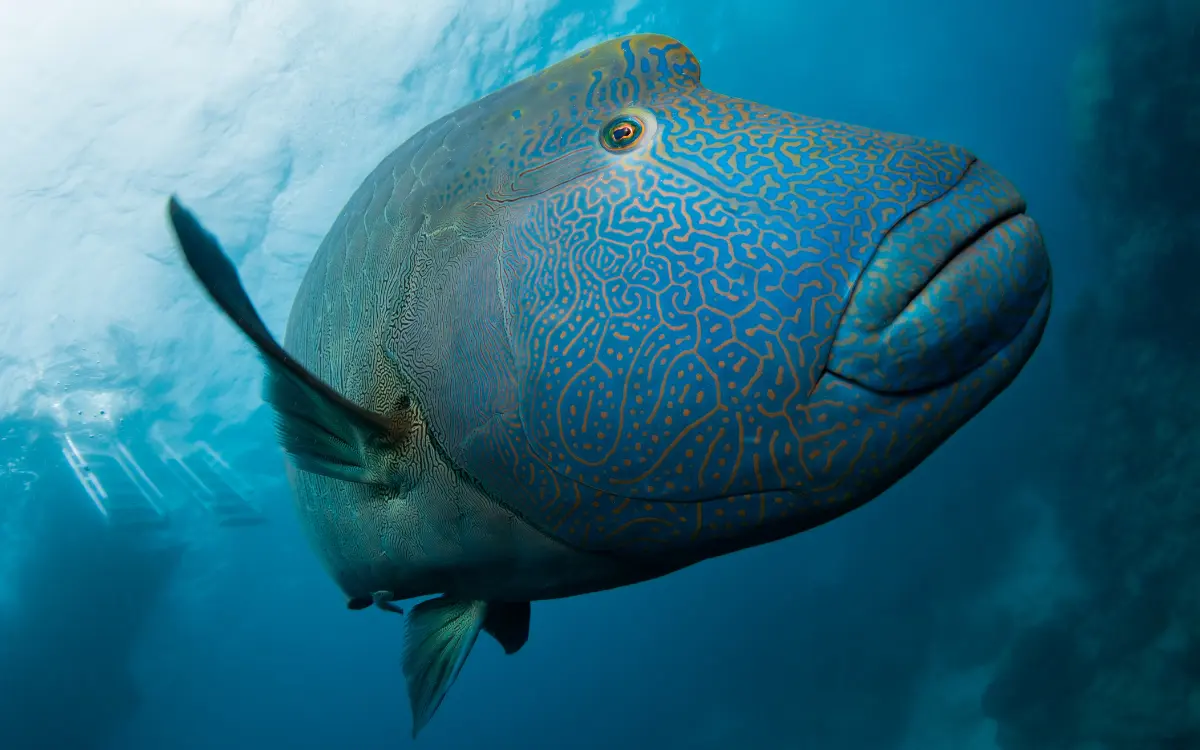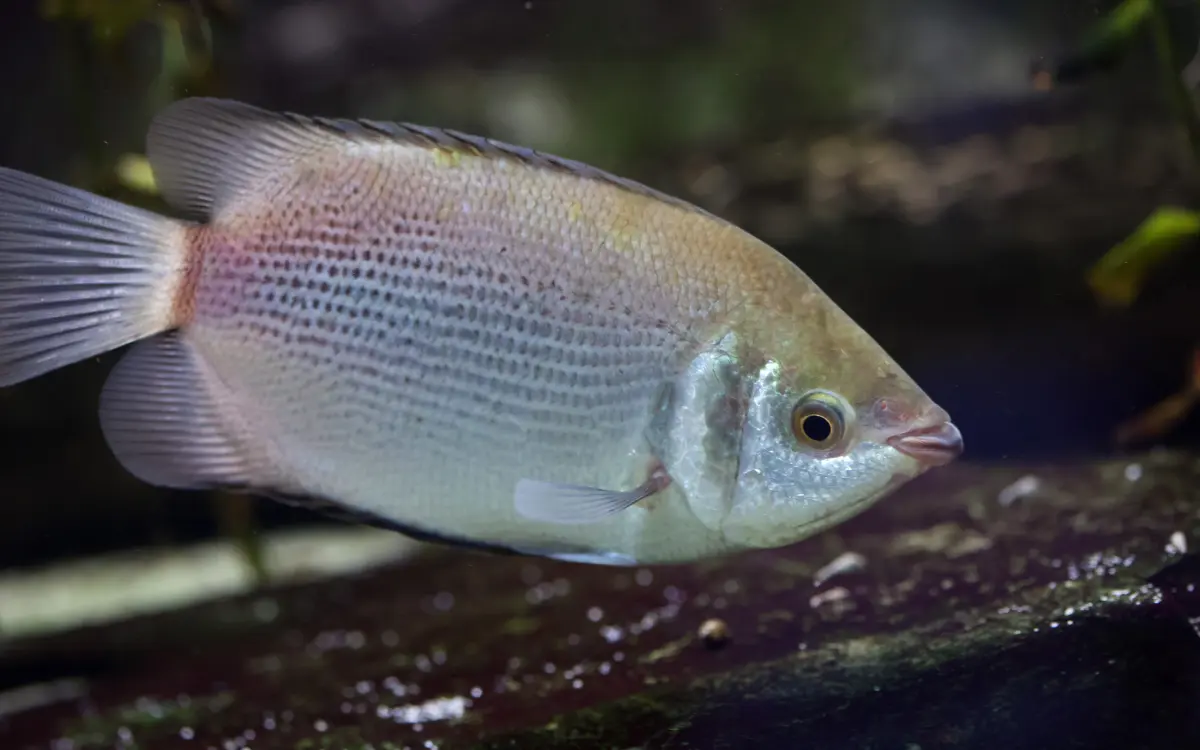Kuhli Loach Care Guide: Feeding,Tank Mates
Kuhli Loaches (Pangio kuhlii) are quirky, peaceful bottom-dwellers that make a great addition to planted community aquariums. With their eel-like bodies and playful nature, they bring character to the hidden corners of the tank. This guide will cover their care, habitat needs, diet, and best companions.
Kuhli Loach Species Profile
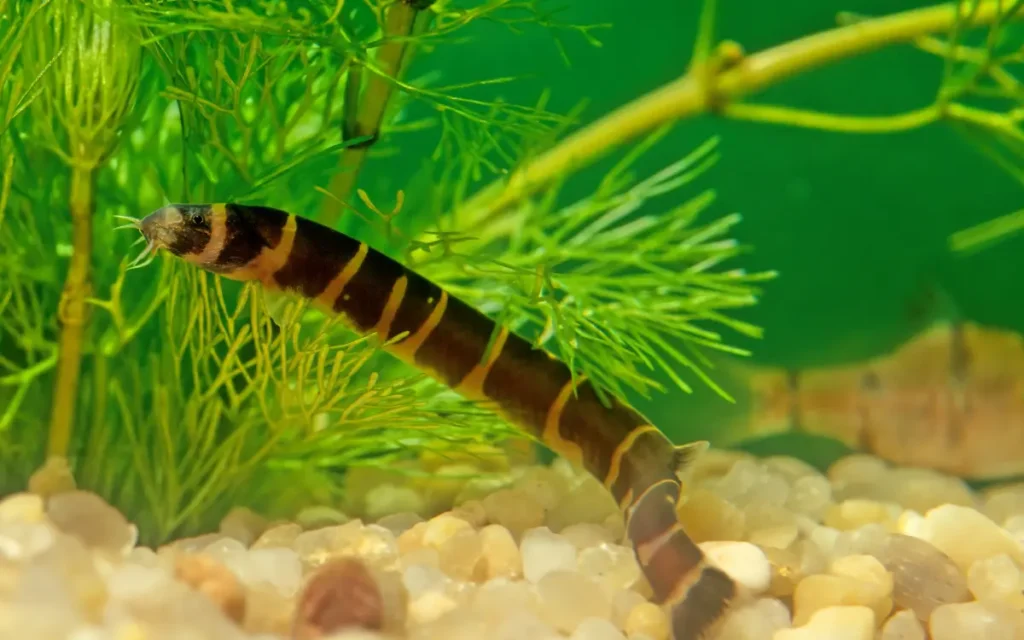
| Characteristic | Details |
| Scientific Name | Pangio kuhlii |
| Origin | Southeast Asia (Indonesia) |
| Adult Size | 3–4 inches |
| Lifespan | 7–10 years |
| Temperament | Peaceful, shy, nocturnal |
| Ideal Tank Size | Minimum 20 gallons |
| Water Temperature | 75–82°F |
| pH Range | 5.5–7.0 |
| Water Hardness | 3–8 dGH |
| Diet | Omnivore |
Species Overview
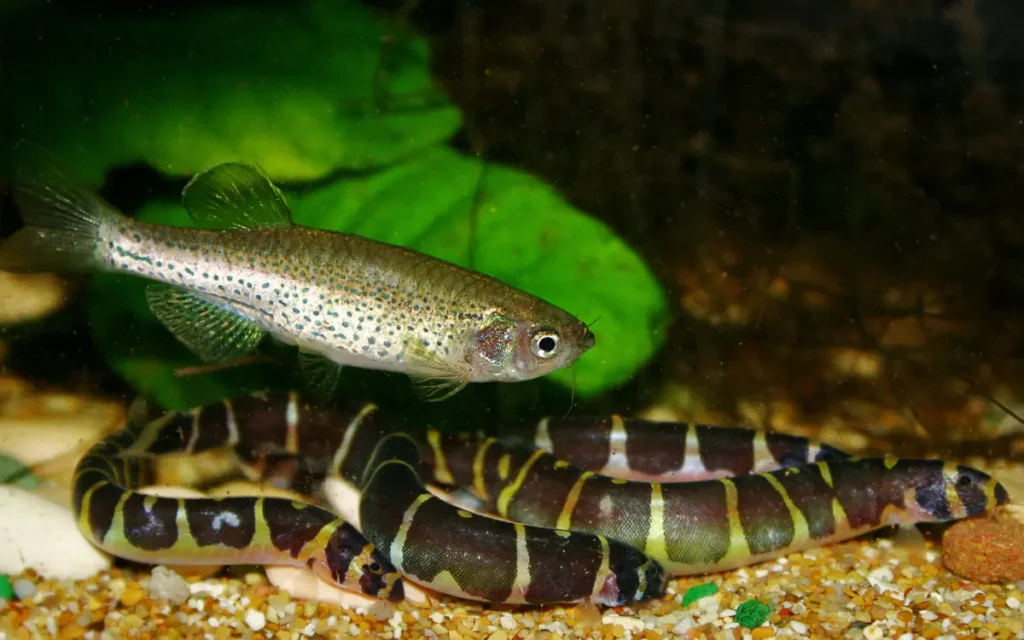
Kuhli Loaches are small, eel-like fish native to slow-moving streams and soft-bottomed waters in Southeast Asia. They’re social, often hiding during the day and becoming active at night. While shy alone, they thrive in groups of five or more and will explore more when kept in a school.
Appearance and Behavior
These loaches have slender, elongated bodies with alternating black and yellow bands. Their movements resemble snakes or worms as they wiggle through plants, driftwood, and caves. They are peaceful and rarely interact aggressively with other species.
My Experience: Kuhli Loaches are expert hiders. I often saw them vanishing under driftwood or into soft substrate during the day. But at night, especially during feeding time, they became a wriggling group of busy cleanup crew members.
Ideal Tank Setup
Start with a 20-gallon long tank. Use a soft sand substrate to protect their sensitive barbels. Include driftwood, rock caves, and live plants like Java Fern, Cryptocoryne, and Anubias. Keep lighting subdued and filtration gentle.
- Temperature: 75–82°F
- pH: 5.5–7.0
- Hardness: 3–8 dGH
Real Tip: Always cover your aquarium—Kuhli Loaches are escape artists! They can slither through even the smallest openings.
Compatible Tank Mates
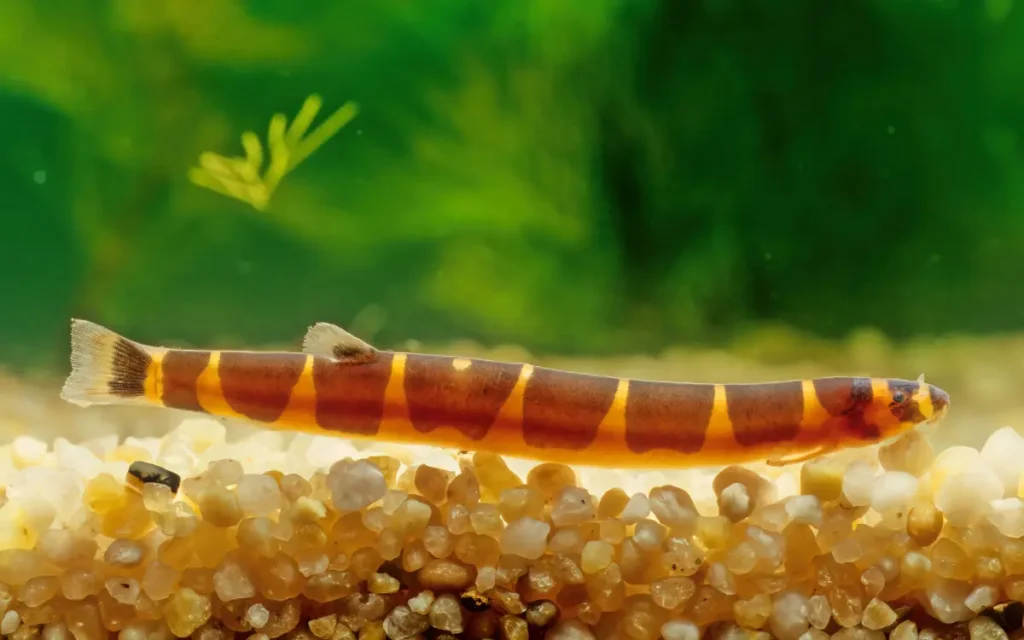
Kuhli Loaches are peaceful and can be kept with:
- Neon or Ember Tetras
- Harlequin Rasboras
- Corydoras
- Dwarf Gouramis
- Peaceful shrimp and snails
Avoid aggressive fish or large predators like Oscars or cichlids.
Personal Note: I kept a group of 6 Kuhlis with pygmy Corydoras and rasboras. They never bothered each other, and the bottom of the tank was always active during the evening.
Feeding and Diet
Kuhli Loaches are omnivores and scavengers. Feed them sinking wafers, micro pellets, frozen bloodworms, and blanched vegetables. Since they’re nocturnal, offer food near lights-out or target-feed in shaded areas.
Breeding Kuhli Loaches
Breeding Kuhlis in home tanks is rare but possible. Use a separate, dimly lit tank with lots of hiding spaces. Condition them with high-protein foods and maintain very soft, slightly acidic water. Females become plump with greenish eggs before spawning. Males fertilize the eggs externally.
What I’ve Learned: I haven’t successfully bred them yet, but I’ve seen increased activity and chasing behavior in low-light, warm tanks with heavy cover—signs of potential spawning.
FAQ
Do Kuhli Loaches need to be in groups?
Yes, 5 or more is ideal for their mental health and activity.
Are they good for planted tanks?
Absolutely—they won’t damage plants and love hiding in root systems.
Can they live with shrimp?
Yes, they’re shrimp-safe if the shrimp aren’t tiny newborns.
Do they clean the tank?
They help eat leftover food, but you’ll still need to vacuum the substrate.
Final Thoughts
Kuhli Loaches are fun, low-maintenance bottom dwellers that thrive in peaceful tanks with soft substrate and plenty of hiding spots. They may not always be front and center, but their night-time activity and peaceful nature make them a joy to watch.

